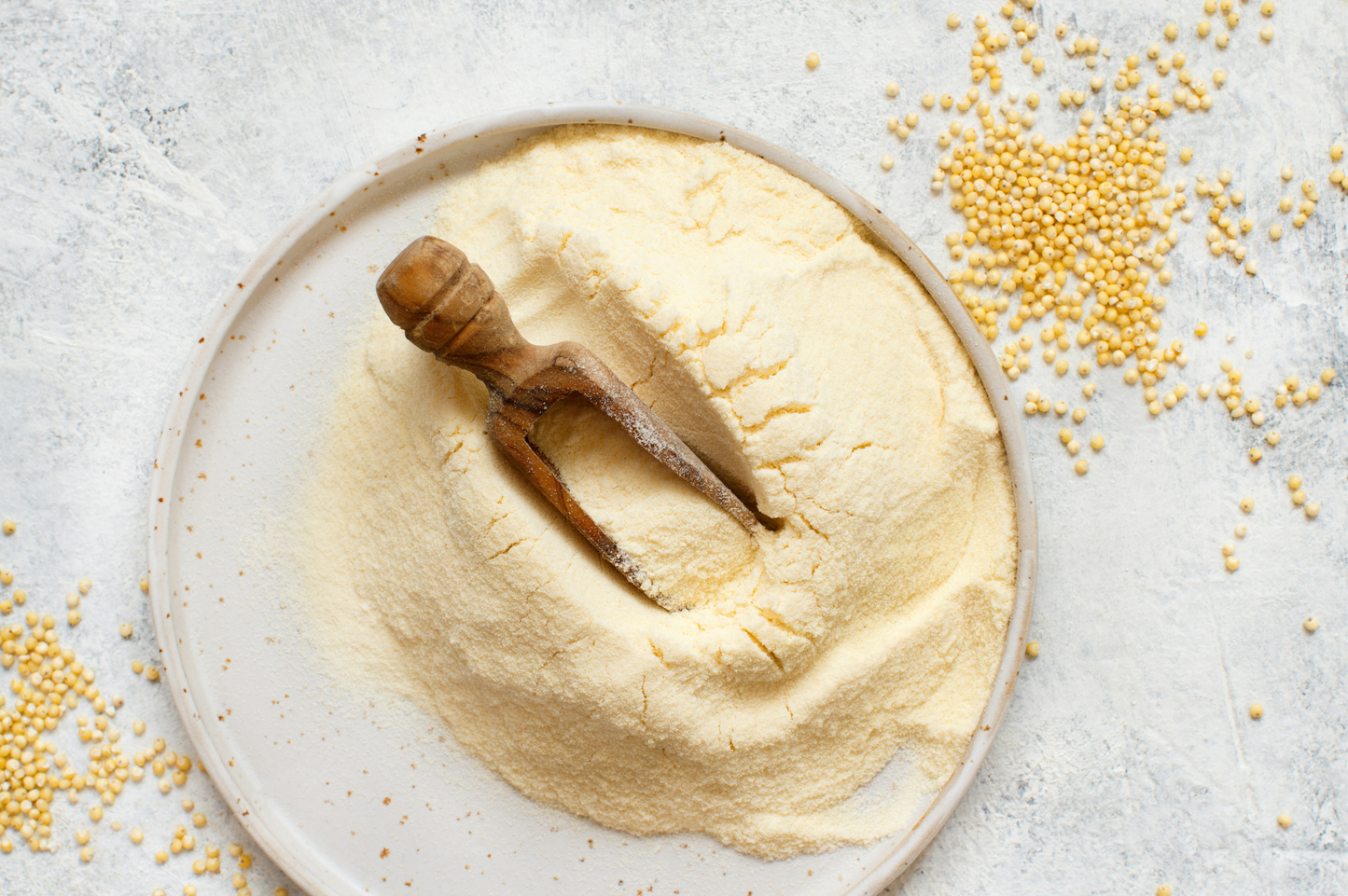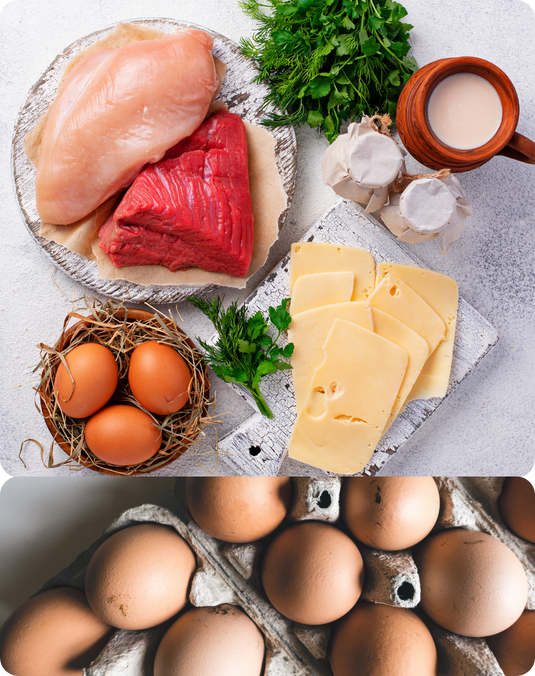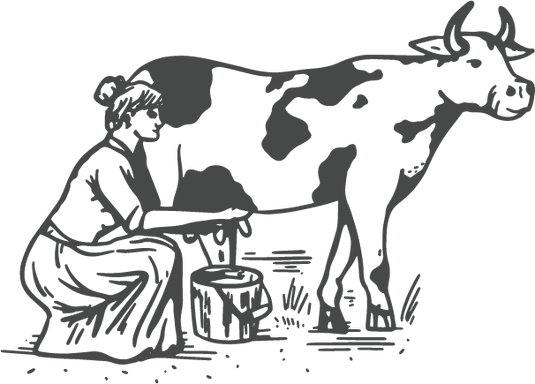

Regeneratively Grown. Heritage Grains
The wheat we eat today is vastly different from the heritage varieties our ancestors relied on. Over the last century, wheat has been bred for higher yields, disease resistance, and compatibility with industrial processing, rather than for its nutritional value or digestibility. These modern wheat varieties often contain altered protein structures, making them harder to digest. Additionally, the practice of pre-harvest desiccation, where wheat is sprayed with glyphosate right before harvest to accelerate drying, has become increasingly common. Which means glyphosate residues end up on the flour you consume, further compromising digestive health and negatively impacting gut bacteria.
At Nourish Food Club, we preserve the traditional wheat varieties that our ancestors ate. These ancient heritage grains are not only more nutritious but also far more digestible. Our chemical-free heritage grains are cultivated with regenerative agriculture practices that work in harmony with the land, restoring soil health and biodiversity. The result is a flour that honors the past, offering superior taste, digestibility, and nutritional value - without the toxic agrochemicals.

Pure, Unadulterated Flour
Walk down any bread aisle, and you’ll see “enriched flour” as a staple ingredient. While it sounds positive, it actually signals a troubling process: most modern flour is stripped of its natural nutrients, and then synthetic versions are added back in. This includes iron shards (yes, real metal) and synthetic B vitamins like folic acid, which can disrupt the body’s natural nutrient balance. What's more - most commercial flour is bleached these days, which involves treating the flour with chemicals (like chlorine gas or benzoyl peroxide) to whiten it and speed up the aging process. This bleaching process not only alters the color of the flour but can also strip away some of its nutrients.
Our heritage flour, however, is free from such artificial fortification. We believe in preserving the natural integrity of the grain, with no bleaching and no synthetic additives. Sourced from regeneratively grown heritage wheat, our flour retains all the nutrients that nature intended, providing you with a cleaner, more nutritious product.




